NEWS
IROAST Researcher - Dr. Kei Ishida
English Japanese
Hydrometeorological research through physical modeling and deep learning
Improving meteorological and hydrological prediction accuracy toward disaster prevention and mitigation
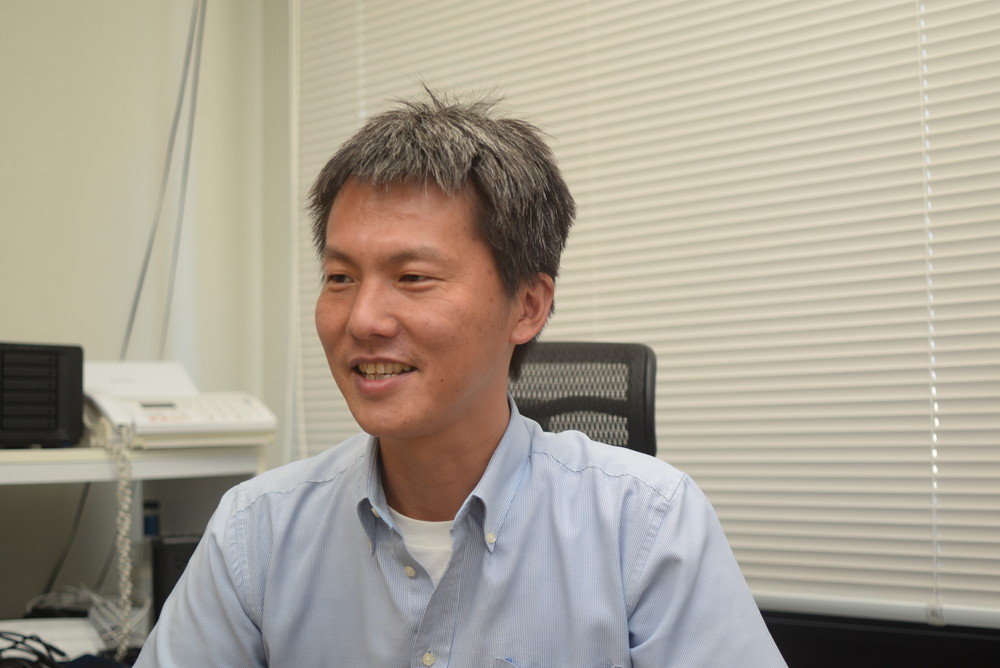
Assoc. Prof. Kei Ishida
IROAST International Joint Research Faculty Member
Center for Water Cycle, Marine Environment and Disaster Management
ne of the specialized research areas of Associate Professor Kei Ishida is hydrology, which involves the study of the movement and distribution of water in the atmosphere, ground, and land surface. Using both physical methods and artificial intelligence (AI) deep learning, he aims to improve the prediction accuracy for precipitation and floods. We spoke to Associate Professor Ishida about his research on the prevention and mitigation of increasingly severe natural disasters.
■ Research to understand and evaluate the flow of water on Earth
Q: What is your research about?
Ishida: I specialize in the field of hydrometeorology, focusing on areas such as climate change, floods, drought, and water resources. Presently, my main focus at IROAST is the effective use of deep learning in hydrology, which is the study of the cycle of water across the atmosphere, ground, and land surface. I aim to develop deep learning approaches for various hydrological issues, evaluate the effectiveness of deep learning technology, and create a new deep learning method specifically suitable for hydrological problems.
One of my goals, in addition to these studies, is to improve the forecast accuracy of precipitation and floods. My primary specialization is physical modeling, such as three-dimensional atmospheric simulation. In addition, I have studied surface water flow using numerical simulations. However, the accuracy of the results is currently limited, and AI can be used to complement these limitations. For example, precipitation information predicted by a physical model serves as input and is then compared with past observational data, thereby facilitating the learning process for the AI system. With this approach, inaccuracies in the forecast are rectified. In another study, AI assimilates information such as wind flow, air pressure, and moisture in the atmosphere during a numerical simulation of an atmospheric model to improve precipitation forecast accuracy.
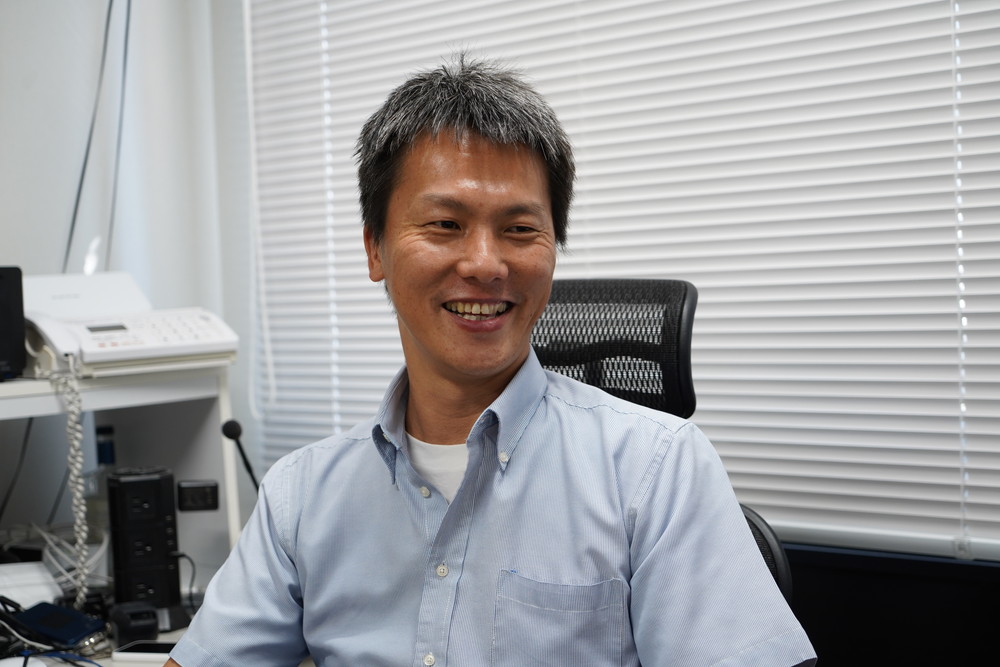
Q: Can these studies also improve understanding of the response to climate change?
Ishida: One of the topics that I have been studying for a long time is impact assessment of global warming on the water cycle. For example, for the impact on groundwater, I am conducting a two-pronged study based on a physical model and AI to estimate changes in groundwater, with the AI system being trained using data on precipitation and temperature.
I am creating a physical model that derives three-dimensional groundwater distribution by inputting conditions such as precipitation, temperature, and surface water flow. Meanwhile, a precise forecast is obtained directly using AI. AI is trained to comprehend the relationships between rain and temperature at various measurement points to generate a forecast for each point.
Beyond groundwater, I also examine changes in the amount of rain, frequency of heavy rain, floods, river volume, snow distribution, and snowmelt. I am conducting studies from the perspective of disaster prevention and mitigation, such as improving the forecast accuracy for these events to reduce the damage caused by potential disasters.
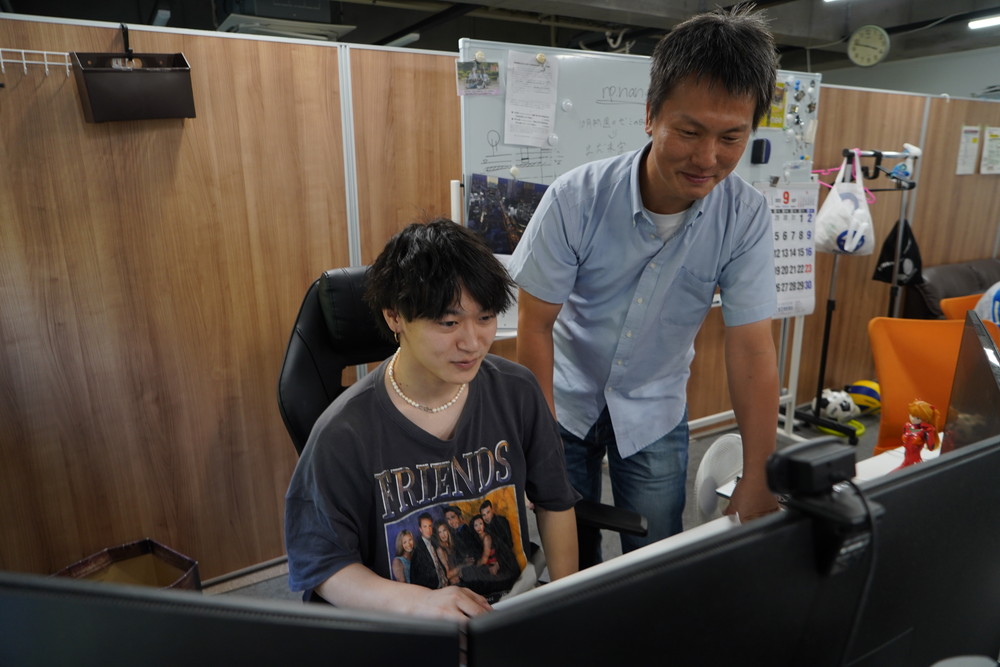
■ IROAST has many researchers with experiences abroad, but international papers and high-level research are not “special.”
Q: Why did you begin this research?
Ishida: I graduated from the Department of Agricultural and Environmental Engineering at Kyoto University. After graduation, I embarked upon a research opportunity as a post-doctoral researcher at University of California, Davis, primarily due to the prominent status of UC Davis as a global leader in studies of climate change issues. I am presently actively engaged in this ongoing research.
Another reason is that I had a previous interest in the water cycle. Having resided in California for 5 years, a region prone to various natural disasters such as floods and droughts, I developed a profound interest in knowing the future implications of these phenomena.
Q: I heard that you are actively involved in international collaborative research.
Ishida: Thanks to IROAST, I have made good progress in international joint research. Currently, I am engaged in academic collaboration with a Turkish researcher. He was my colleague from UC Davis. We have been working together since our time in the United States, so it was effortless to conduct joint research with him.
One of the notable advantages of joint research is the ease of obtaining research funding. Another is the ability to access data from various countries. Depending on the country, river data may not be published. Japan is an island, so any published river data would pertain to Japan. However, rivers in some countries flow through many nations, and publishing river data of only one nation could cause a problem. International research can help address these challenges.
Q: How do you find the environment of IROAST?
Ishida:Those affiliated with IROAST are mostly researchers who have experience working overseas. As one of those researchers, I found that the hurdle of international academic papers became lower by obtaining the experience of conducting research overseas. Young researchers and students might put international academic papers on a pedestal, but in the United States, any publication is considered an international proceeding. Hence, I have come to believe that all academic papers are essentially equivalent to international publications.
In addition, the laboratory that I was affiliated with had very acclaimed professors, who had extensive connections with numerous reputable researchers. Because of this, I no longer perceive these well-respected researchers and research itself as extraordinary. I think all researchers at IROAST share this sentiment.
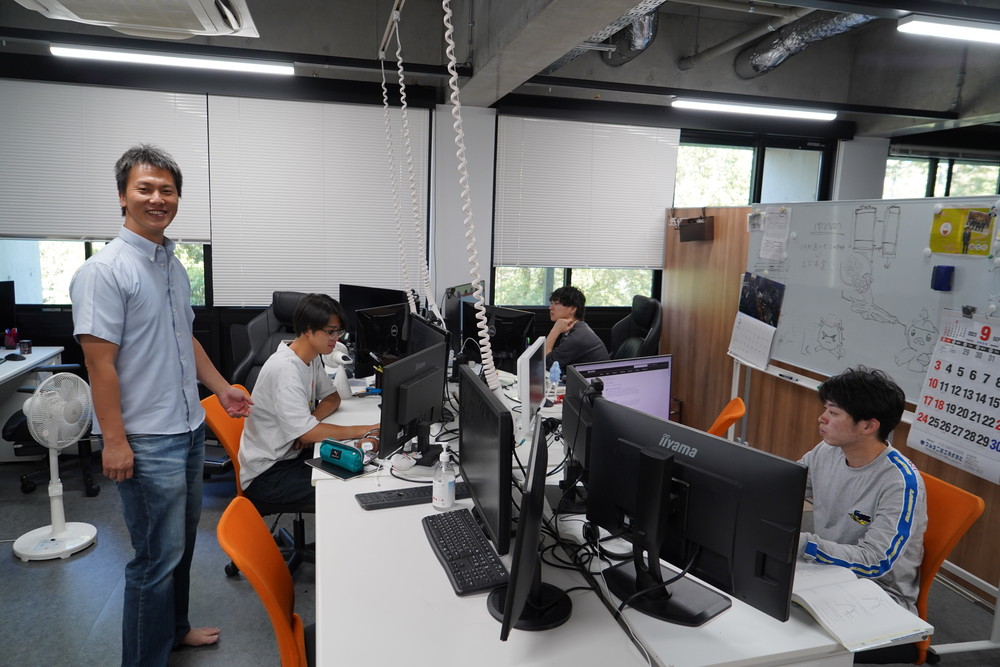
■ Satisfying curiosity is the most fulfilling act for humans.
Q: What is the best thing about research?
Ishida:
My motto is “follow your curiosity.” I believe that satisfying curiosity is the most fulfilling act for humans. For example, I am currently studying AI and find it exciting to discover what AI is, how it can be used in my field of research, how far it can go, and its various properties. It will be exciting to create something new.
Researchers can also derive joy from being recognized for their research contributions. I received the J. James R. Cross Medal of the American Society of Civil Engineers in 2016 as the first author of a study on developing a new method to physically estimate the maximum precipitation in a target area using a regional atmospheric model. I was very happy to receive this honor.
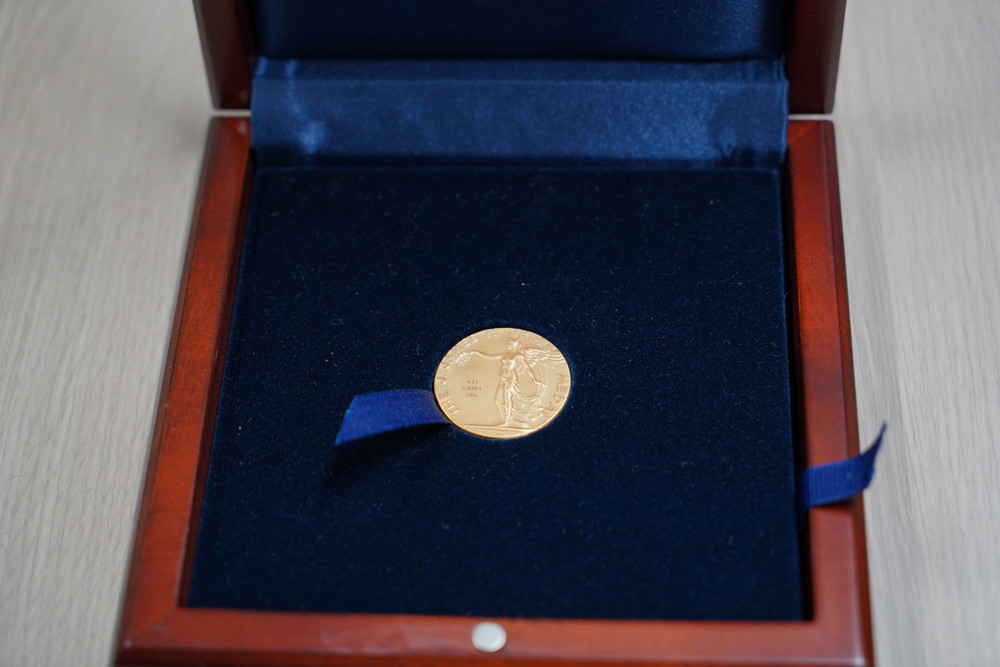
Q: What do you do on your days off?
Ishida:Researchers don’t have days off, but I have recently taken time off from the university to assist with my child's club activities. I serve as a referee, cheer, and take photos.
Q: What message would you give to young researchers and students?
Ishida: Researchers prioritize their curiosity above everything else. This might be an extreme statement, but researchers value their ideas and goals over the common sense of society. Researchers engage in the creation of something innovative by challenging and reshaping established beliefs, so we often lack the inclination to conform to societal norms (ha ha ha). Although we might be a minority in a typical society, I hope that young people value their curiosity and actively strive to pursue their dreams.
Reference link
- IROAST Staff - International Joint Research Faculty Member

